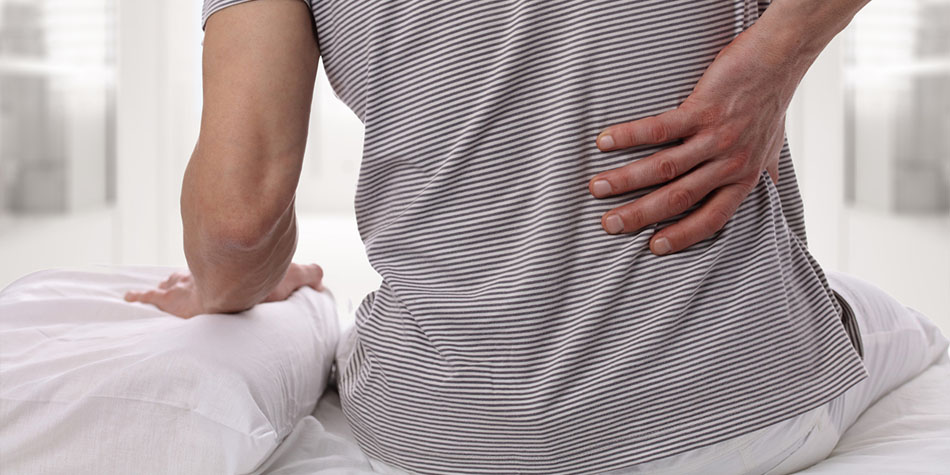
Back pain can come on suddenly—while you're working in the yard, sitting at your desk, cleaning the house or lifting something. Once the pain sets in, it can be hard to focus on anything else.
About 8 out of 10 adults experience back pain at some point, says the American Association of Neurological Surgeons, and persistent pain is tough to treat. The more you know about what causes and eases back pain, the more likely you can beat it.
Here we debunk five myths about back pain and treatment options.
1. MYTH: Back pain is usually caused by an injury.
FACT: Trauma can trigger back pain, but so can daily wear and tear. Poor posture, sitting or standing for long periods, and repetitive movements can lead to inflammation of spinal muscles, ligaments and the disks that cushion your vertebrae.
Other causes of pain include structural issues like curvature of the spine, osteoporosis and nerve compression caused by disk problems.
2. MYTH: To diagnose back pain, doctors need X–rays or images from an MRI or CT scan.
FACT: Doctors can usually develop a successful treatment plan for back pain based on a physical exam and a patient's medical history. Images can be ordered later if pain doesn't improve.
Keep in mind that imaging tests can show abnormalities that may not be the source of pain. This can lead to procedures that provide little relief.
3. MYTH: A heating pad or a massage is safe for relieving back pain.
FACT: Heat or a massage can loosen stiff muscles and joints and lessen back pain, but be cautious. Using a heating pad or taking a hot bath too soon after an injury can increase inflammation. (Ice is better.) A massage can also aggravate back problems if your massage therapist doesn't know what's causing your pain.
4. MYTH: The best cure for back pain is to avoid physical activity.
FACT: Lying down may help relieve back pain immediately after an injury, but too much bed rest causes muscles to tighten up, which may make pain worse. Inactivity can also raise your risk of blood clots. Though you may have to ease up on some activities when your back hurts, doing gentle stretches and core conditioning may actually help you feel better faster, according to a study in the Annals of Internal Medicine.
5. MYTH: Surgery is the only solution for chronic back pain.
FACT: For most cases of chronic back pain, spinal surgery is not necessary. But when back pain is severe and consistently limits the ability to sleep or function, surgery may be considered if anti–inflammatory medication, physical therapy and lifestyle changes don't provide relief within 6 to 12 weeks.
If you have been struggling with back pain that won't go away, schedule an appointment to talk with your healthcare provider. They can help identify possible causes and treatment options that are right for you, and, in some cases, may refer you to an orthopedic surgeon.
$webqFacilityNumber
Need a Physician?